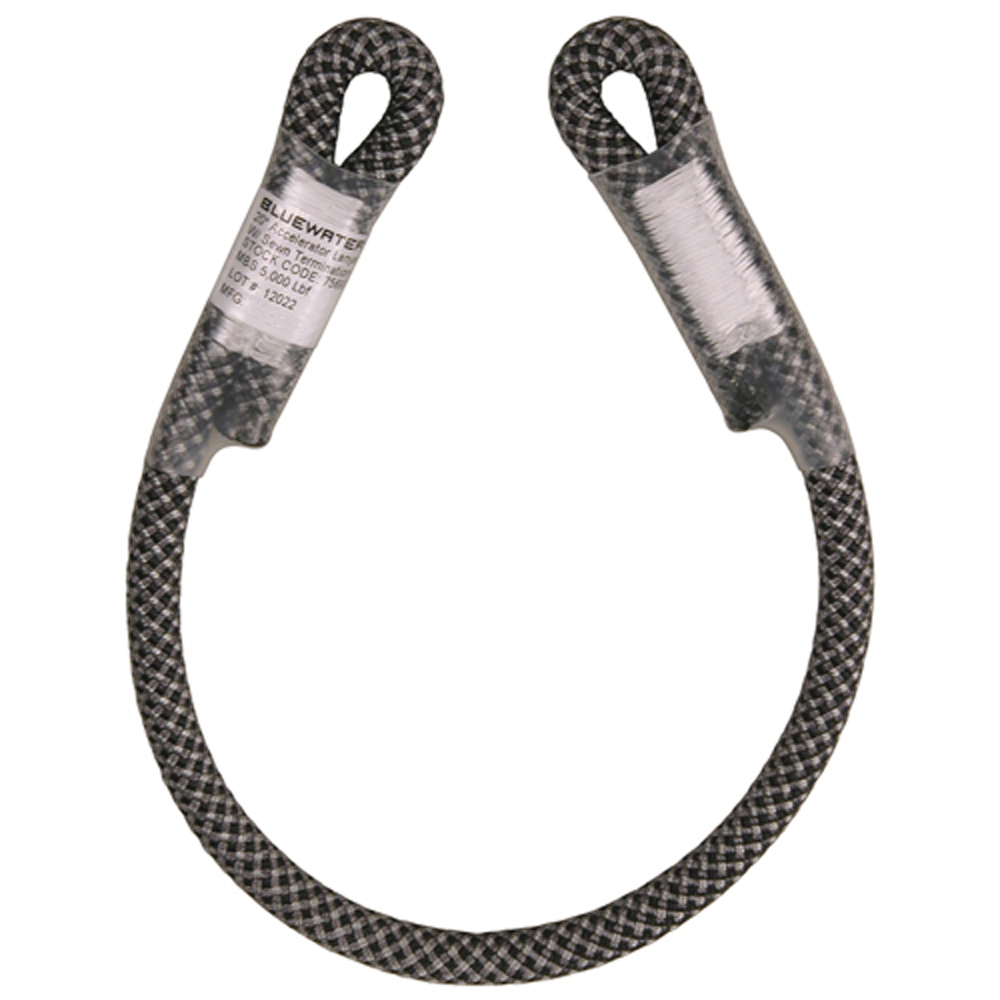Several years ago I decided to "test" a HSS vest by stepping off a stand just a few feet off the ground. The total fall was maybe 18"....
If a person could bottle pure violence and unleash it at will falling would rival it. I figured out right then that I want nothing to do with falling for real.
Ever.
bumping this post.


